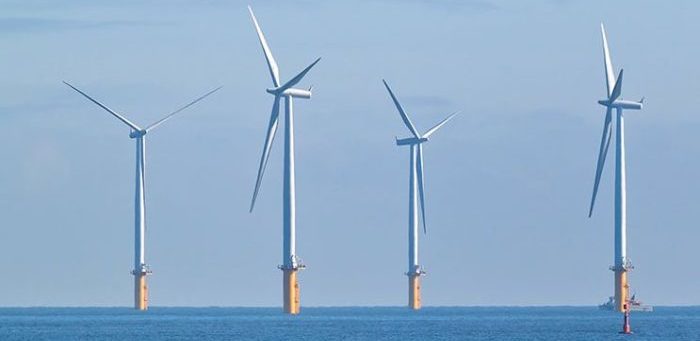As the Netherlands is on the eve of much larger offshore wind farms, it is expected that by 2030, this will generate double turnover for the wind industry and around 25 to 30,000 new jobs. To this end, flexibility, cooperation with other ports and knowledge development are crucial, says Femke Brenninkmeijer, Energy, Cargo & offshore manager at Port of Amsterdam.
According to Ms. Brenninkmeijer, the development of new offshore wind farms is an excellent opportunity to better shape the energy transition from AYOP.
AYOP stands for Amsterdam IJmuiden Offshore Ports, is a public-private network organisation with over 75 members from government and industry, aiming to establish the Amsterdam IJmuiden region as the offshore wind region.
According to Brenninkmeijer, the strong growth of the wind industry is becoming a ‘game changer’ for the region.
For the wind industry, whereas turbines were taken over by the bank two years ago, roughly six Megawatts (MW), today more than ten MW turbines are being developed, including for the Dutch Coast South and North.
Hollandse Kust Zuid consists of two parks of 700 MW each, Hollandse Kust Noord consists of a park of 700 MW. The wind farms for Noord are 22 miles from IJmuiden, that for Zuid is 18 nautical miles.
The construction of Hollandse Kust Zuid will start in 2020, that of Hollandse Kust Noord the following year.
In any case, training and finding sufficient qualified technical personnel is the challenge for large-scale offshore wind energy. Marketing and sales will also have to come up with more precise propositions if we want to give shape to the new onshore wind cluster.
Flexibility is also a critical component for the wind industry sector, she added.
The pressure on constantly lower costs not only requires flexibility from the ports, but also space. For that we want to set up an energy port opposite the seaport of IJmuiden. After all, scaling up in the wind industry sector makes transporting components by road increasingly difficult.
Although the wind industry is strongly project-driven and a pig cycle is lurking, Ms. Brenninkmeijer believes that all stakeholders must prepare themselves for much more work.
There is a demand for 3,500 km for the short term cables, for the long term it is no less than 50,000 km. Shipbuilding will also be busy with repairs, adjustments and other vessels. With knowledge sessions we hope to provide insight and respond flexibly to what is coming our way,
…she concludes.




























































